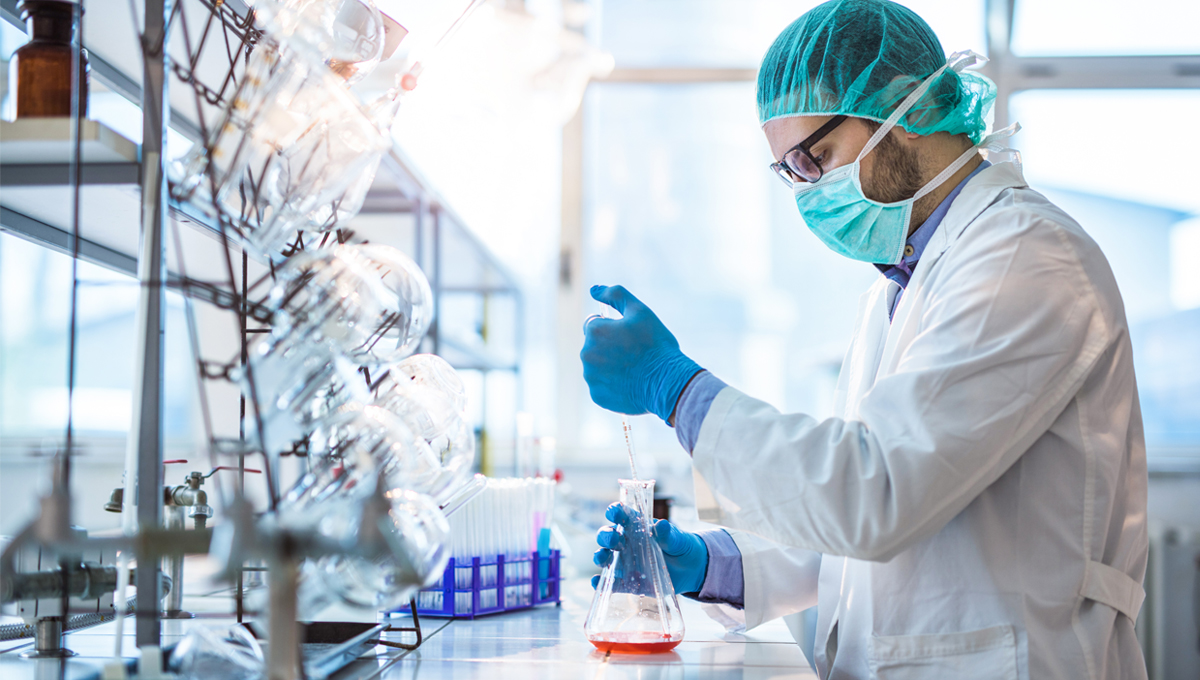Compared to the conventional approach to vaccine development, mRNA vaccines can require less time to advance. Currently, it takes about a week to produce an experimental batch of mRNA vaccine, compared to the months required by traditional vaccine manufacturing processes that rely on chicken eggs or mammalian cells. Scientists also anticipate that the production process can be rapidly scaled and standardized to accelerate distribution.
On December 11, 2020, the U.S. Food and Drug Administration (FDA) issued an Emergency Use Authorization (EUA) for the first vaccine for the prevention of the novel coronavirus that causes COVID-19. This vaccine represents the first successful vaccine that was developed using mRNA technology, as well as a historic milestone in vaccine science, given the unprecedented R&D timeline.
Subsequently on August 23, 2021, U.S. regulators approved Pfizer and BioNTech’s COVID-19 vaccine for patients 16 years and older based on extensive review of clinical, manufacturing and other key data. It is the first vaccine for the prevention of COVID-19 to receive approval from the FDA. The FDA’s approval of Pfizer-BioNTech’s mRNA vaccine marks a significant step forward in our work to end COVID-19. According to the FDA, “the vaccine also continues to be available under emergency use authorization (EUA), including for individuals 12 through 15 years of age and for the administration of a third dose in certain immunocompromised individuals.”
In announcing the news, Acting FDA Commissioner Janet Woodcock, M.D. noted, “While this and other vaccines have met the FDA’s rigorous, scientific standards for emergency use authorization, as the first FDA-approved COVID-19 vaccine, the public can be very confident that this vaccine meets the high standards for safety, effectiveness, and manufacturing quality the FDA requires of an approved product.”
To date, a second mRNA vaccine for the novel coronavirus received an EUA as well.



